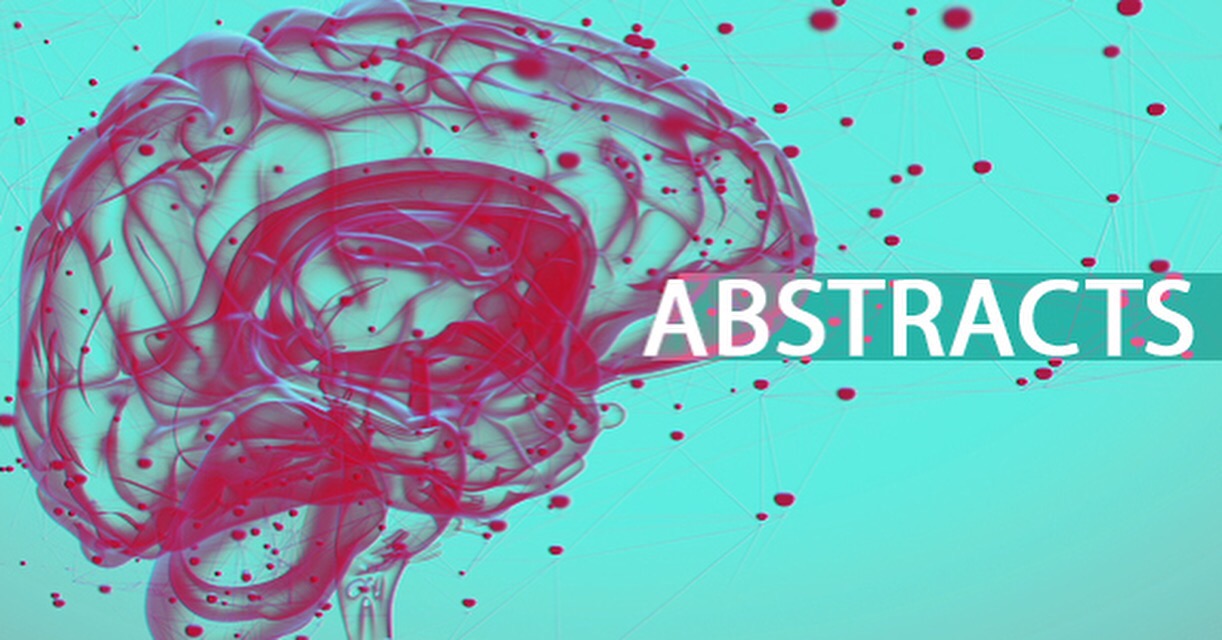Reward Circuitry in Addiction.
Abstract
Understanding the brain circuitry that underlies reward is critical to improve treatment for many common health issues, including obesity, depression, and addiction. Here we focus on insights into the organization and function of reward circuitry and its synaptic and structural adaptations in response to cocaine exposure. While the importance of certain circuits, such as the mesocorticolimbic dopamine pathway, are well established in drug reward, recent studies using genetics-based tools have revealed functional changes throughout the reward circuitry that contribute to different facets of addiction, such as relapse and craving. The ability to observe and manipulate neuronal activity within specific cell types and circuits has led to new insight into not only the basic connections between brain regions, but also the molecular changes within these specific microcircuits, such as neurotrophic factor and GTPase signaling or ?-amino-3-hydroxy-5-methyl-4-isoxazolepropionic acid (AMPA) receptor function, that underlie synaptic and structural plasticity evoked by drugs of abuse. Excitingly, these insights from preclinical rodent work are now being translated into the clinic, where transcranial magnetic simulation and deep brain stimulation therapies are being piloted in human cocaine dependence. Thus, this review seeks to summarize current understanding of the major brain regions implicated in drug-related behaviors and the molecular mechanisms that contribute to altered connectivity between these regions, with the postulation that increased knowledge of the plasticity within the drug reward circuit will lead to new and improved treatments for addiction.
KEYWORDS:
Cocaine; dopamine; glutamate; nucleus accumbens; reward; ventral tegmental area
- PMID:
- 28324454
- DOI:
- 10.1007/s13311-017-0525-z

